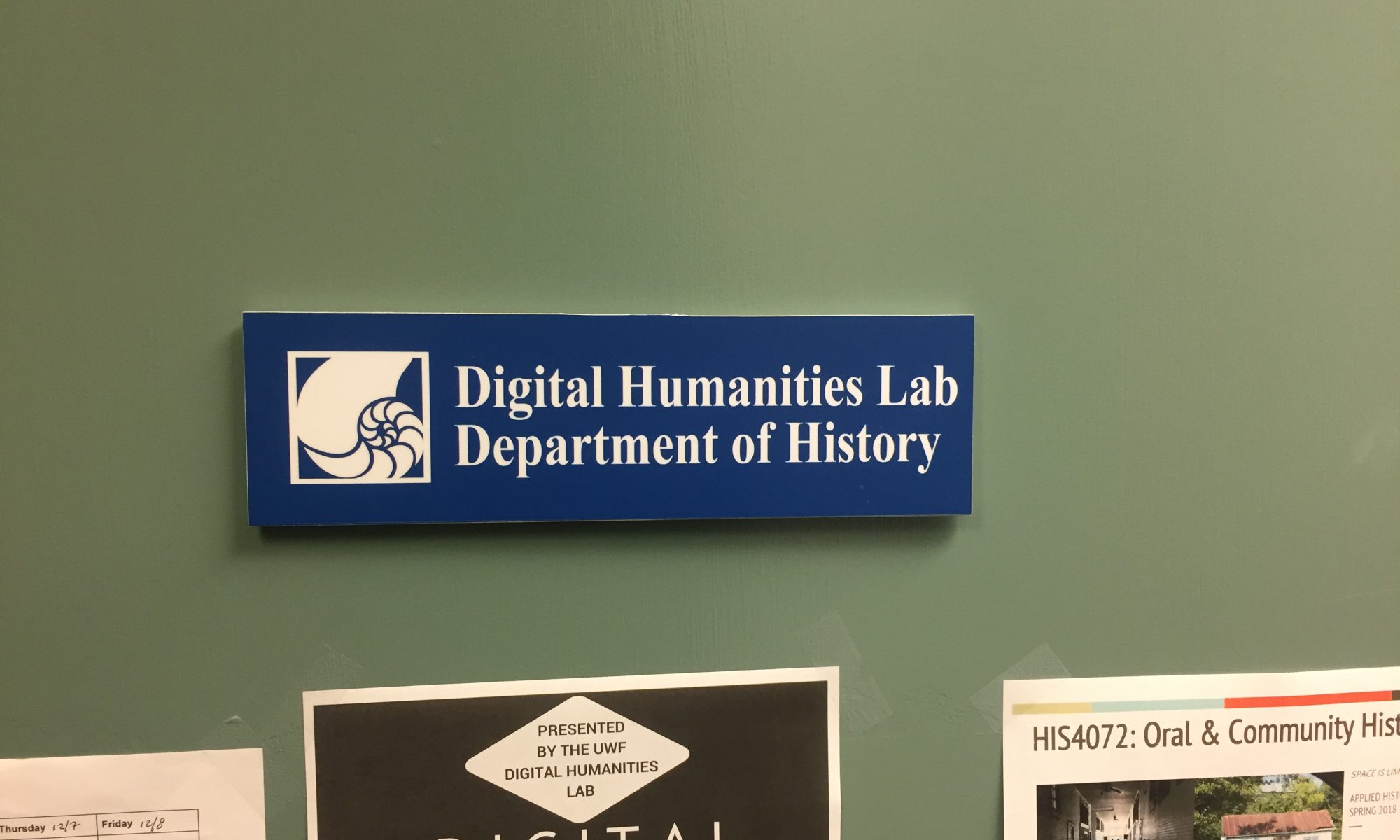During Florida’s early-American period in the 1820s, Escambia Bay formed a natural barrier between Escambia and Santa Rosa counties. Charles Beeler, a northern entrepreneur, obtained a land grant at the mouth of the Escambia River on the bay and recognized the potential economic significance of the area. Beeler envisioned a new town with housing accommodations, a store, and a ferry service to reach the eastern part of the bay. Originally named Beelersville, the community later developed into modern-day Ferry Pass. Ultimately, Beeler’s venture failed after the territorial capital moved from Pensacola to Tallahassee and he left the area shortly after its establishment in the mid-1820s. However, others continued to recognize the value of the ferry service and permission to operate a ferry at the location persisted into the 1850s. The documented history of the Ferry Pass route after the 1850s is interrupted by the outbreak of the Civil War in 1861. Undoubtedly, the hardships Escambia County endured during the Civil War hindered or halted the ferry service across the bay for a significant amount of time. Furthermore, the construction the Pensacola and Atlantic Railroad helped facilitate travel across Escambia Bay and connected the county with the rest of West Florida by the 1880s. The ferry service across Escambia Bay reentered the public conversation in 1910, after a newspaper article detailed the public’s desire from both counties for a service between Ferry Pass and the growing resort community of Floridatown. The newly-built ferry entered service in June 1915. The reestablished ferry service aided both areas in economic growth and improved infrastructure. Escambia County upgraded roads from Pensacola to Ferry Pass, ferry operators updated ferry facilities at both landings, and Santa Rosa invested in road improvements between Milton and Floridatown. The ferry service also sparked competition with a rival ferry, the Missing Link of Mulat, a competing bay resort south of Floridatown. The service changed hands and landings several times from 1918 to 1920, but normalized its scheduled route around June 1920. Eventually, after the opening of the causeway across the bay and rivers, the ferry service ceased operations in 1926. After the discontinuance of the ferry service across the bay, the site of the former ferry landing on the Escambia River repurposed into a private boat launch, marina, and fishing business. Furthermore, modern improvements to the Highway 90 causeway placed the route of the highway’s bridges over the old ferry landing. On the Santa Rosa side of the route, the Floridatown ferry landing disappeared as well as most of the structures of the bygone resort area. Once a bustling spot of Floridatown’s resort pavilions and busy ferry landing, the area near the waterfront developed into a publicly accessible recreational common called Floridatown Park.

Public History Projects